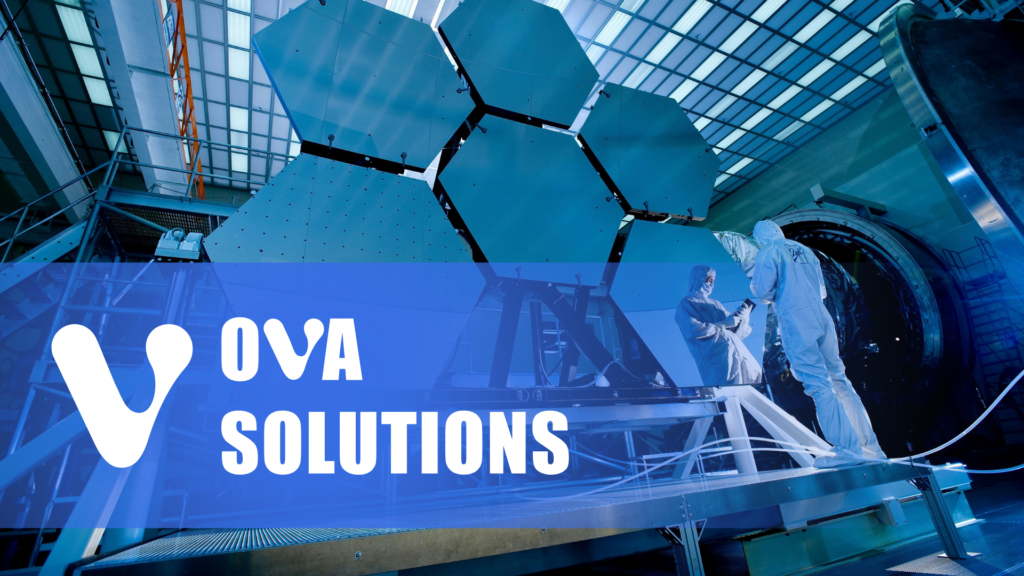Remote patient monitoring device development is revolutionizing healthcare delivery by enabling continuous tracking of patient vital signs and health metrics outside traditional clinical settings. This technological advancement is dramatically improving patient outcomes while reducing healthcare costs and hospitalization rates.
Table of Contents
The Evolution of Remote Patient Monitoring Technologies
Modern Remote Patient Monitoring Device Development integrates sophisticated sensors, wireless connectivity, and artificial intelligence to create comprehensive health monitoring solutions. These devices range from wearable heart rate monitors to implantable glucose sensors, providing real-time health data to healthcare providers.
Key technological advances driving Remote Patient Monitoring Device Development include:
- Miniaturization of sensors and processors enabling comfortable, unobtrusive devices that patients can wear continuously without disruption to daily activities
- Extended battery life and improved power management systems allowing devices to operate for months without charging
- Enhanced wireless connectivity utilizing 5G networks and Bluetooth Low Energy for reliable data transmission
- Advanced algorithms for processing biological signals and detecting anomalies with high accuracy
Impact on Patient Outcomes
Clinical studies demonstrate significant improvements in patient outcomes through Remote Patient Monitoring Device Development implementation:
Chronic Disease Management
Remote Patient Monitoring Device Development has shown particular effectiveness in managing chronic conditions:
- Diabetes patients using continuous glucose monitors show a 1.0-1.5% reduction in HbA1c levels
- Heart failure patients experience 40% fewer hospital readmissions when monitored remotely
- Hypertension patients achieve better blood pressure control, with 80% reaching target levels versus 50% with traditional care
Early Detection and Intervention
Remote Patient Monitoring Device Development enables healthcare providers to identify and address health issues before they become severe:
- Cardiac events can be detected hours or days before becoming critical
- Respiratory deterioration in COVID-19 patients can be identified early through oxygen saturation monitoring
- Medication adherence improves by 22% when patients use connected pill dispensers and tracking systems
Technical Innovations in Device Development
Sensor Technology Advances
Modern RPM devices incorporate multiple sensing technologies:
- Photoplethysmography (PPG) sensors for heart rate and blood oxygen monitoring
- Bioimpedance sensors for fluid status and cardiac output measurement
- MEMS accelerometers for activity tracking and fall detection
- Electrochemical sensors for continuous glucose monitoring
Data Processing and Analytics
Advanced processing capabilities enable:
- Edge computing for real-time analysis and alert generation
- Machine learning algorithms for predictive analytics
- Pattern recognition for early warning signs
- Automated triage of patient data
Integration with Healthcare Systems
Electronic Health Records (EHR) Integration
Modern RPM devices seamlessly integrate with existing healthcare infrastructure:
- Automated data transfer to patient records
- Standardized formats for interoperability
- Secure data transmission protocols
- Real-time alerting systems
Clinical Workflow Implementation
Successful RPM programs require thoughtful integration into clinical workflows:
- Customizable alert thresholds based on patient conditions
- Prioritization systems for managing multiple patients
- Clear escalation protocols for concerning readings
- Documentation templates for remote consultations
Future Directions in RPM Device Development
Emerging trends shaping the future of RPM include:
Advanced Materials and Design
- Flexible electronics for improved comfort and durability
- Self-powered devices using body heat or movement
- Biodegradable sensors for temporary monitoring
- Smart textiles with integrated sensing capabilities
Enhanced Connectivity
- 6G network integration for ultra-reliable communication
- Mesh networks for improved coverage in remote areas
- Enhanced cybersecurity protocols
- Blockchain integration for data integrity
Economic Impact and Healthcare Cost Reduction
RPM device implementation demonstrates significant cost benefits:
- 20% reduction in emergency room visits
- 25% decrease in hospital admissions
- $8,000 average annual savings per patient with chronic conditions
- 15% reduction in overall healthcare costs
Regulatory Considerations and Compliance
RPM device development must navigate complex regulatory requirements:
- FDA clearance processes for medical devices
- HIPAA compliance for data security
- International standards for medical device safety
- Quality management system requirements

Conclusion
Remote patient monitoring device development continues to transform healthcare delivery through technological innovation and improved patient care strategies. As these technologies evolve, healthcare providers and patients benefit from enhanced monitoring capabilities, early intervention opportunities, and improved health outcomes. The future of healthcare increasingly depends on successful RPM device development and implementation.



 430 Park Ave, New York, NY 10022, USA
430 Park Ave, New York, NY 10022, USA Paevalille tn 6, Office 84, Estonia, Tallinn, 13517
Paevalille tn 6, Office 84, Estonia, Tallinn, 13517 Barykadna St 7, Dnipro, Ukraine, 49000
Barykadna St 7, Dnipro, Ukraine, 49000